The Automotive Carbon Fiber Rims Market is currently characterized by a dynamic competitive landscape, driven by innovation, sustainability, and technological advancements. Key players such as BBS (DE), HRE Wheels (US), and Carbon Revolution (AU) are at the forefront, each adopting distinct strategies to enhance their market positioning. BBS (DE) focuses on high-performance applications, leveraging its engineering expertise to cater to motorsport enthusiasts, while HRE Wheels (US) emphasizes customization and luxury, appealing to high-end automotive consumers. Carbon Revolution (AU) stands out with its commitment to sustainability, producing lightweight rims that reduce vehicle emissions, thus aligning with global environmental goals. Collectively, these strategies not only shape their individual market presence but also contribute to a competitive environment that prioritizes innovation and eco-friendliness.
In terms of business tactics, companies are increasingly localizing manufacturing to reduce lead times and enhance supply chain efficiency. This trend is particularly evident in the Automotive Carbon Fiber Rims Market, which appears moderately fragmented, with several players vying for market share. The collective influence of key players is significant, as they engage in strategic partnerships and collaborations to optimize production processes and expand their geographical reach, thereby enhancing their competitive edge.
In August 2025, BBS (DE) announced a partnership with a leading electric vehicle manufacturer to develop specialized carbon fiber rims tailored for electric sports cars. This collaboration is strategically important as it positions BBS to tap into the growing electric vehicle market, which is expected to expand rapidly in the coming years. By aligning with a prominent EV brand, BBS not only enhances its product offerings but also reinforces its commitment to innovation in performance and sustainability.
In September 2025, HRE Wheels (US) launched a new line of customizable carbon fiber rims that integrate advanced AI technology for enhanced design precision. This move is indicative of HRE's focus on personalization and cutting-edge technology, allowing customers to tailor their rims to specific aesthetic and performance preferences. The integration of AI in the design process could potentially streamline production and reduce waste, aligning with broader industry trends towards sustainability.
In July 2025, Carbon Revolution (AU) secured a significant investment to expand its production capabilities, aiming to meet the increasing demand for lightweight automotive components. This investment is crucial as it not only enhances Carbon Revolution's manufacturing capacity but also underscores the growing recognition of carbon fiber technology in the automotive sector. The expansion is likely to position the company as a leader in the sustainable automotive materials market, further differentiating it from competitors.
As of October 2025, the Automotive Carbon Fiber Rims Market is witnessing trends that emphasize digitalization, sustainability, and technological integration. The rise of strategic alliances among key players is shaping the competitive landscape, fostering innovation and collaboration. Moving forward, competitive differentiation is expected to evolve, with a notable shift from price-based competition to a focus on innovation, technology, and supply chain reliability. Companies that can effectively leverage these trends are likely to secure a competitive advantage in this rapidly evolving market.


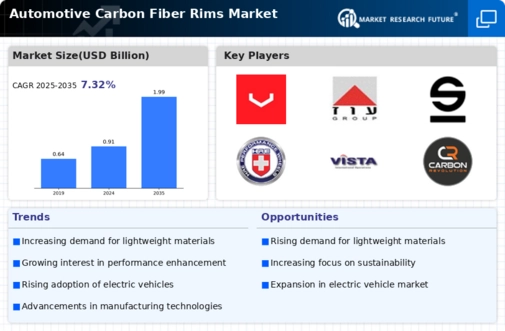
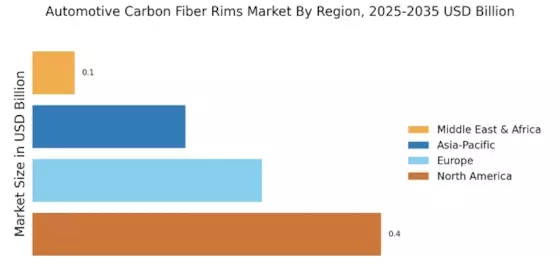

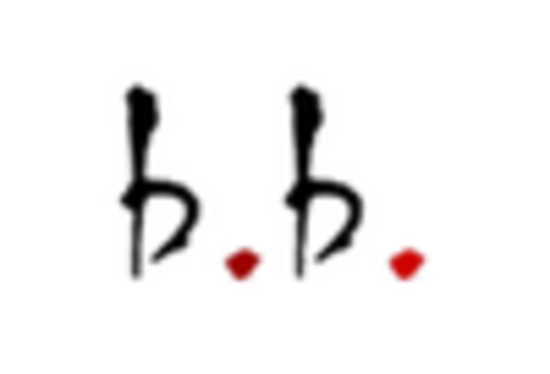
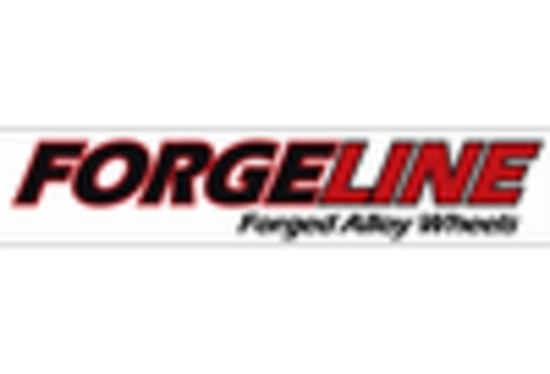
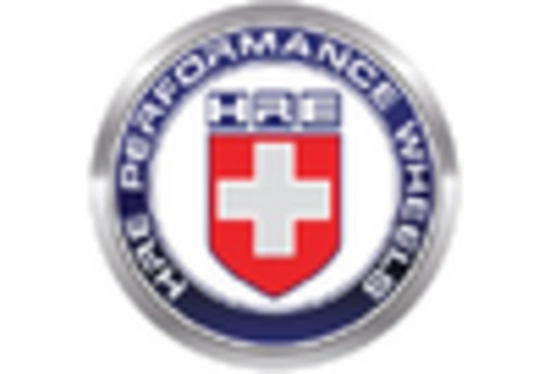
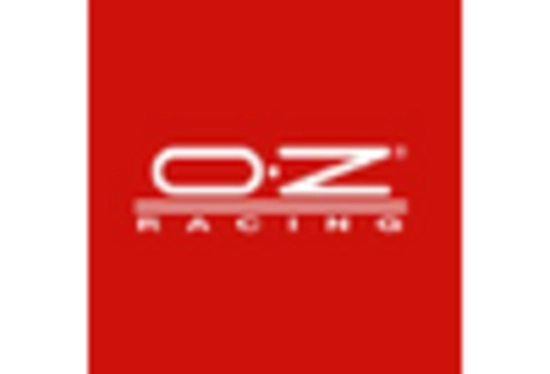
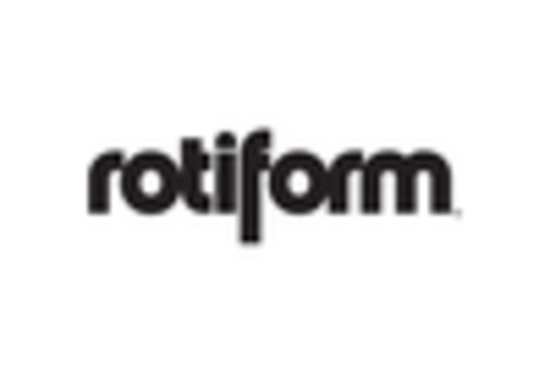








Leave a Comment